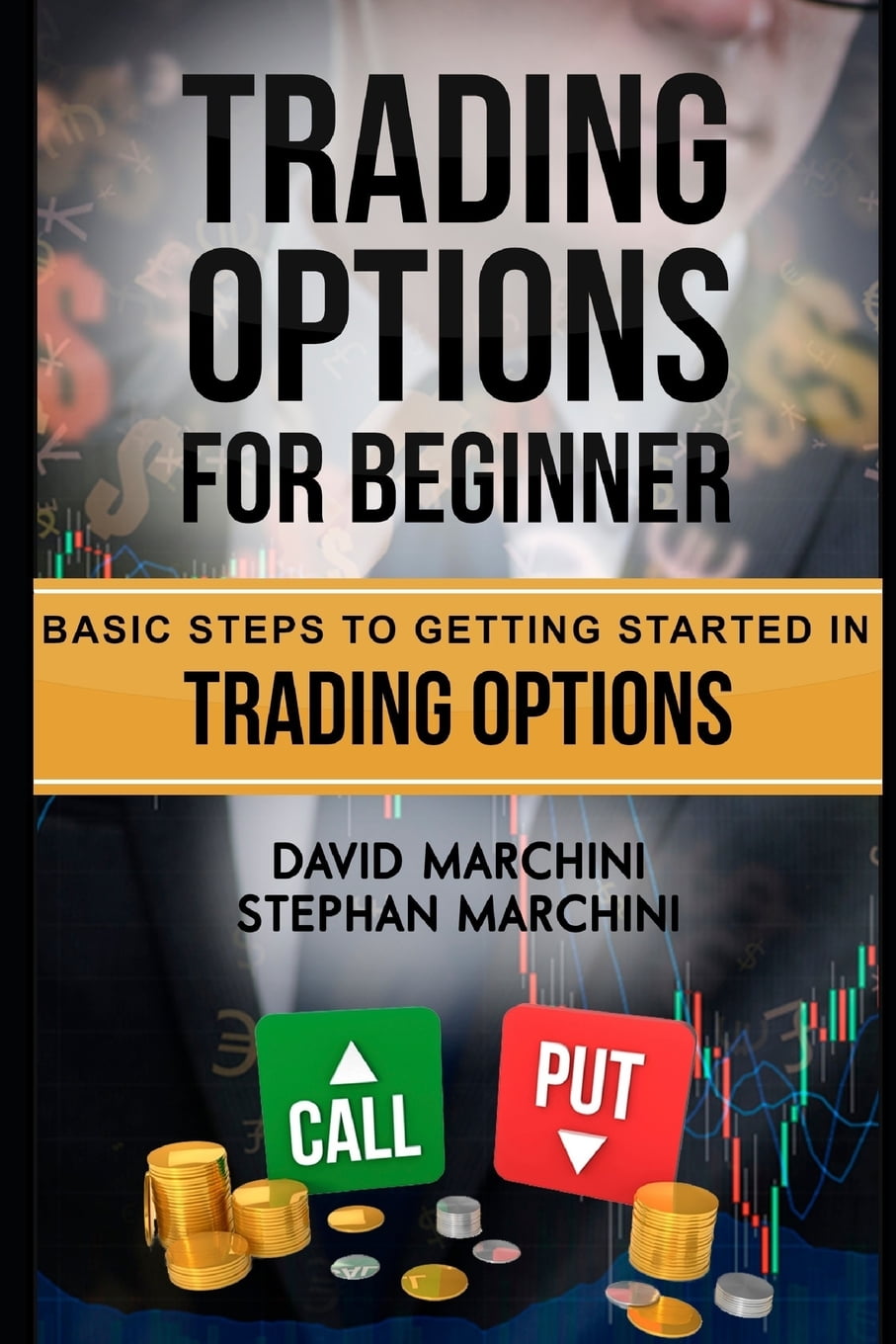Options! Have you heard of them? They’re like secret tools that can elevate your trading game to a whole new level. My first experience with options was like a roller coaster—thrilling and a bit nerve-wracking, but ultimately rewarding. In this ultimate guide, we’ll take a deep dive into the world of options, demystifying the complexities and empowering you to harness their power for your financial pursuits.

Image: www.pinterest.cl
Before we dive in, let’s address the burning question: what are options? Options, simply put, are financial instruments that grant you the right, not the obligation, to buy or sell an underlying asset at a predetermined price on or before a specific date. Think of them as contracts that give you the flexibility to make profitable moves based on your market predictions.
Types of Options
There are two main types of options: calls and puts.
- Call Option: Grants you the right to buy the underlying asset at a specified price (strike price) on or before a designated date (expiration date).
- Put Option: Grants you the right to sell the underlying asset at a specified strike price on or before the expiration date.
Understanding these two types is crucial for making informed decisions when trading options.
Mechanics of Options Trading
Trading options involves two parties: the buyer and the seller. The buyer of an option pays a premium to the seller in exchange for the right conveyed by the option contract. The premium is essentially the price you pay for the option’s potential.
When you buy an option, you have the option but not the obligation to exercise it—meaning, you can choose to buy or sell the underlying asset at the agreed-upon price depending on the market conditions and your investment goals. On the other hand, the seller of an option has the obligation to fulfill the contract if the buyer decides to exercise it.
Strategies for Options Trading
The beauty of options lies in the diverse strategies you can employ to maximize your returns. Here are some common strategies:
- Covered Call: Selling a call option while owning the underlying asset to generate additional income from the option premium.
- Protective Put: Buying a put option while owning the underlying asset to hedge against potential losses.
- Bull Call Spread: Buying one call option and simultaneously selling another call option with a higher strike price.
- Bear Put Spread: Selling one put option and simultaneously buying another put option with a higher strike price.
Choosing the right strategy depends on your risk tolerance, market outlook, and investment objectives.

Image: www.walmart.com
Tips for Options Trading
As an experienced trader, here are some tips to guide you in the world of options:
- Educate Yourself: Thoroughly understand the concepts, risks, and strategies involved in options trading.
- Paper Trading: Practice trading options with virtual money to gain experience and confidence.
- Start Small: Begin with small trades to minimize potential losses and gradually increase your stake as you gain proficiency.
- Manage Risk: Use stop-loss orders and other risk management techniques to mitigate potential losses.
- Monitor the Market: Stay updated on market trends, news, and economic indicators that can impact option prices.
Remember, options trading is not without its risks. It’s crucial to approach it with caution, a sound understanding of the underlying asset, and a well-defined trading plan.
FAQs
- Q: What is the difference between an option and a future?
A: Options grant the right to buy or sell, while futures obligate you to buy or sell the underlying asset at a predetermined price on a specific date. - Q: How do I choose the right strike price for an option?
A: Consider the current price of the underlying asset, your market predictions, and your desired profit target. - Q: What is time decay in options trading?
A: The value of an option decays as time passes, especially for short-term options. - Q: Can I lose more money than I invested in options trading?
A: Yes, selling naked options can potentially lead to unlimited losses. - Q: How do I learn more about options trading?
A: Attend webinars, read books and articles, and seek guidance from experienced traders or financial advisors.
Everything You Need To Know About Trading Options
Conclusion
Options trading offers a versatile and potentially profitable avenue for investors looking to enhance their financial strategies. By understanding the concepts, strategies, and risks involved, you can harness the power of options to make informed decisions and navigate the markets confidently.
So, are you excited to dive into the world of options? Remember, the journey begins with education, experience, and a healthy dose of risk management. Embrace the thrill and explore the countless possibilities that options trading holds.






